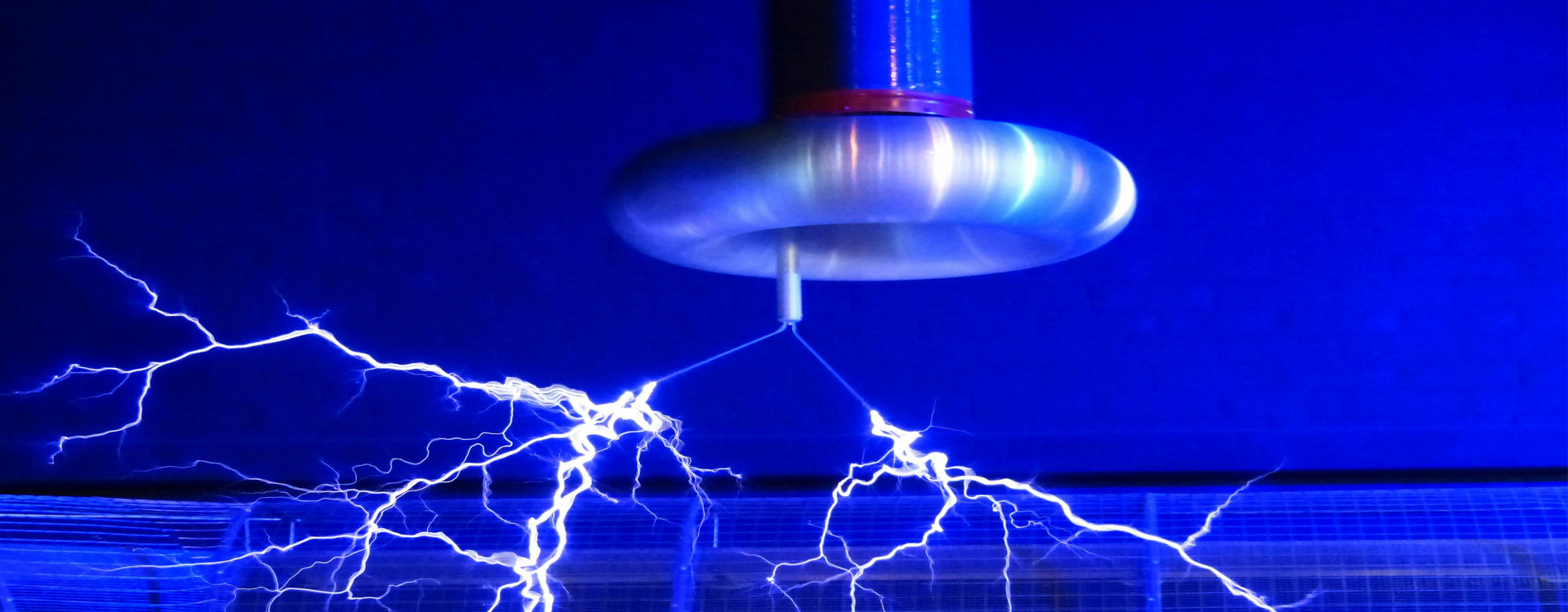Seminar Details
The Centralized generation paradigm in power systems is undergoing a mutation to distributed generation ones. The changeover in systems is done by keeping in mind the future smart grid concepts. The present scenario depicts the dependency of the power-generating units on renewables rather than on conventional ones, which are on the verge of depletion. With a rapidly increasing application of renewables and their positive aspects like clean, omnipresence, sustainability, etc, and especially the Photovoltaic-generators (PVGs), which are being grid-connected through Interfacing Power Electronic Converters (IPEC). The problem associated with PVGs is lacking rotating mass, which is a greater challenge for inverter-based units to maintain system stability and grid synchronism. Now, focusing on the power quality concerns, which mainly include:- 1) Alteration in voltage and frequency due to dynamic change in PVG parameters like irradiance, temperature, etc. 2) Harmonics introduced by interfacing IPECs and other non-linear loads in the system With the huge penetration of renewables, harmonics have become significant, but a sophisticated design and control technique will suffice for improved power quality.
In addition, power fluctuations due to the variable nature of renewables, and degradation of frequency regulation in micro-grids, can be considered as negative results towards grid synchronism. Therefore, a significant solution towards stabilizing the grid is the introduction of virtual inertia leading to the concept of the virtual synchronous generator (VSG), which has eventually, emerged as an attractive solution for controlling grid-tied inverters. The variation in system frequency and voltage affects both the active power and reactive power injected from the IPECs into the utility grid. So, an adaptive control technique involving the regulation of the dynamic indices present in the Active Power Loop (APL) and Reactive Power Loop (RPL), to properly track the active and reactive power injected into the utility grid from the three-phase VSG system. The control approach involved also helps in damping oscillations occurring because of load variation by monitoring the load angle, voltage, and virtual inertia of the system being presented in the thesis. Furthermore, the control parameter indices have been optimized that influence the active and reactive power have been optimized, and proper power management between the renewable generators will help in improving the overall power quality of the system. Additionally, to address the voltage variations and phase angle variations occurring due to the energy storage elements, the control of the reactive power loop (RPL) is important. Also, it&rsquos used to maintain voltage regulation and improve the power factor of the VSG system. A small-signal analysis of the active and reactive power and point of common coupling (PCC) have been derived, and the detailed dynamic performances are analyzed. Furthermore, the adaptive control approach helps in optimizing the dynamic indexes such as rise time, delay time, and response settling time. Now, considering the attenuation of harmonics in grid current and dampening of the oscillations in power occurring due to the PVG dynamics, an elevated adaptive integrated control strategy (EAICS) for a three-phase grid-tied virtual synchronous generator (TPGTVSG) system is also proposed in this thesis. The EAICS control strategy has a modified proportional resonant current (MPRC) controller with adaptive power control in a VSG technique. Furthermore, under distorted grid voltage conditions, the injected grid current harmonics are suppressed using a phase-corrected reference current (PCRC) generator, which also dampens the power and frequency oscillations during grid voltage swells and sags. Therefore, combining all three control techniques in EAICS control makes the system frequency more adaptive without using a phase
lock loop (PLL). In addition to stabilizing the oscillations in power, the grid frequency is accomplished by appropriately adjusting the control coefficients using the VSG control loop by adopting small-signal modeling of the VSG's control to scrutinize the influence of parameters perturbation on power and frequency. Thereby improving the frequency of nadir and system resiliency.
Furthermore, a single-stage PVG is designed to integrate community residences (CR) with the power grid as a real-time application of the VSG concept. Instead of using CRs as power consumers, this system leverages them as power generators. Besides, the lack of inertia in PVG makes its integration with the utility grid challenging. So, the presented work is mainly focused on enhancing the grid's interactivity by introducing community residence virtual Synchronous Generators (CRVSG). CRVSG&rsquos performance is evaluated for distortions in grid voltage and dynamic load changes, demonstrating its capability to deliver distortion-free, balanced grid currents by improving the power factor, thereby maintaining power quality. Meanwhile, during lower solar irradiance, CRVSG improves the power quality by supplementing local demand with power imported from the utility grid. Additionally, during these conditions, the PVG power decreases or experiences significant voltage fluctuations. The voltage across the DC-link adaptively adjusts in response to grid voltage changes, enhancing the reliability of the CRVSG system and minimizing operational losses. Finally, grid-side and PVG-side uncertainties, like outage and restoration conditions, have been analyzed. Therefore, the presented TPGTVSG with various functionalities has been modelled in MATLAB/Simulink platform, and the same has been validated experimentally by a laboratory prototype. Furthermore, the thesis also focuses on the overall performance of the system when subjected to dynamic uncertainties.



